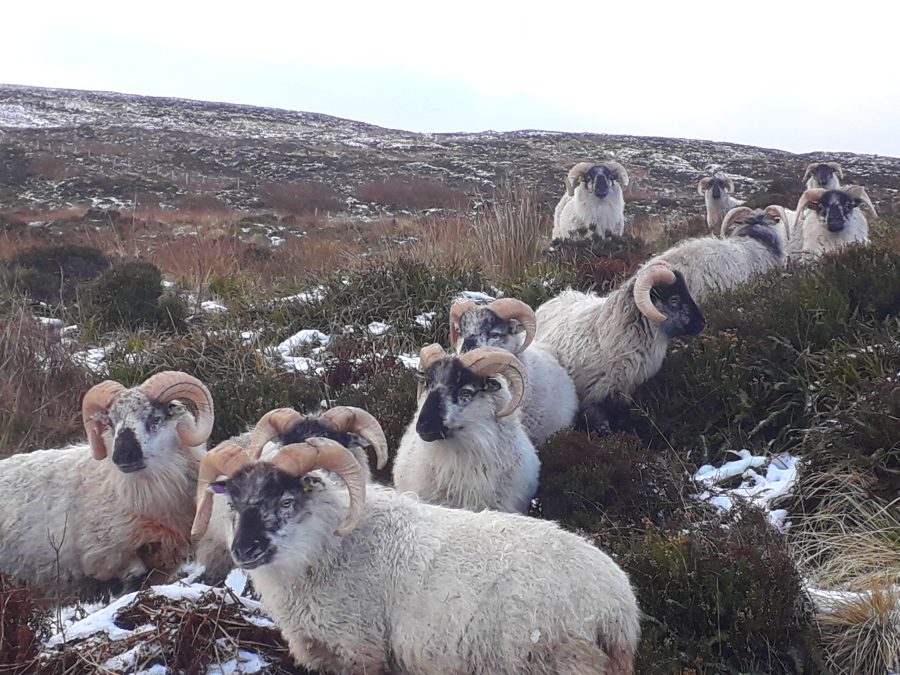A search for knitting yarn led Jane Cooper from being a housewife in Newcastle to becoming a sheep keeper on Orkney and champion of the rarest British sheep breed – the Orkney Boreray. The Country Smallholder caught up with her to find out all about her smallholding journey and her new book,The Lost Flock.
Q: Tell us how you first came across Boreray sheep?
A: Back in 2010, I lived in quiet suburbia in Newcastle and was part of a knitting forum on Ravelry, for which I wrote a short “sheep of the week” feature every week. One day, somebody asked which was the rarest British sheep breed. I had no idea, so I Googled for it and found the rarest sheep were Borerays, which I’d never even heard of. I looked up a bit more about them, and discovered I couldn’t find any Boreray yarn anywhere. The Natural Fibre Company had started then, so it was becoming possible to get various rare-breed yarns, but no Boreray. At this point, my friends and I were all getting quite keen on the idea of knitting with this amazing sounding fleece. I spoke to Sue Blacker at the NFC, and she promised that if I could gather enough Boreray fleece, they could spin a batch of yarn. So, I began to track down Boreray keepers across the UK, to see if they had any spare fleece. They turned out to be mostly smallholders, usually with half-a-dozen pet sheep and no particular use for the fleece. Many of them kindly said I could have it for free ifI wanted it! I ended driving around the country to collect the fleece, and that was when I began to meet the Boreray sheep themselves, and I fell in love…
Q: How did you make the change into becoming a Boreray keeper yourself?
A: I fell in love with Orkney during a residential knitting workshop in 2011, and we moved here in the summer of 2013. I still loved Boreray sheep, and by this time I was in contact with Bob Cook, a breeder in Assynton on the west coast of Scotland. He promised that if we acquired a field, he’d sell us some sheep. The croft house we bought has 25 acres of land, so in September 2013, we took the ferry back to the mainland and made our way over many miles of single track road to pick up our first five Borerays. As a spinner, I wanted wethers, which produce the finest fleece. But of the five male lambs Bob Cook had selected for me, one was “too good to castrate”, so we had four wethers and a ram. Any smallholders can guess how having a ram and more land than just a single field worked out! In 2014, we added some ewes to keep ‘Boris’ the ram company, and the first lambs arrived in May 2015.
This article extract was taken from the March 2024 edition of The Country Smallholder. To read the interview with Jane Cooper in full, you can buy the issue here.
To receive regular copies of The Country Smallholder magazine featuring more articles like this, subscribe here.
For FREE updates from the world of smallholding, sign up for The Country Smallholder newsletter here.








